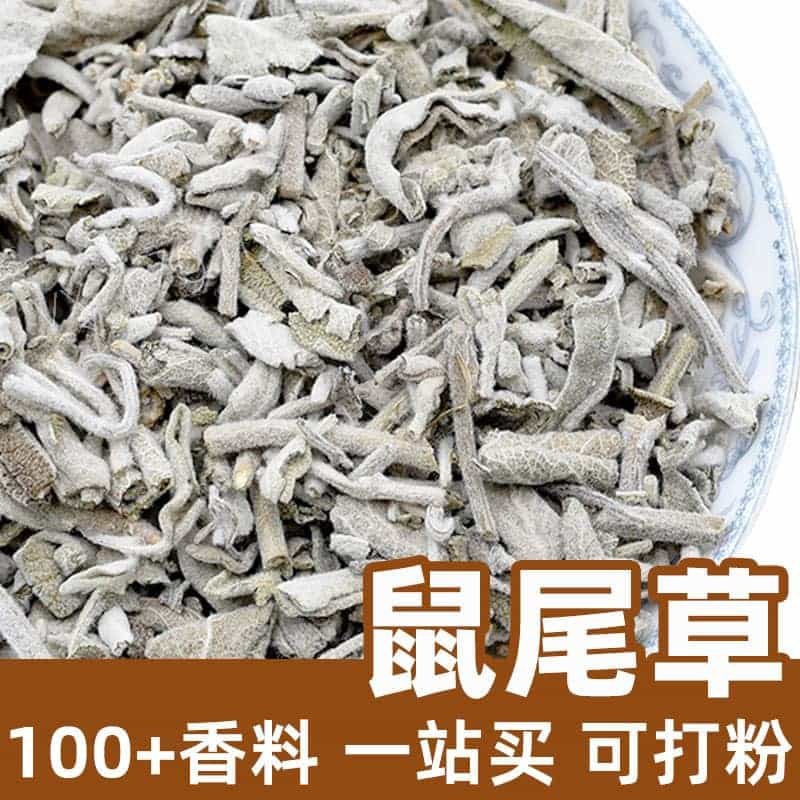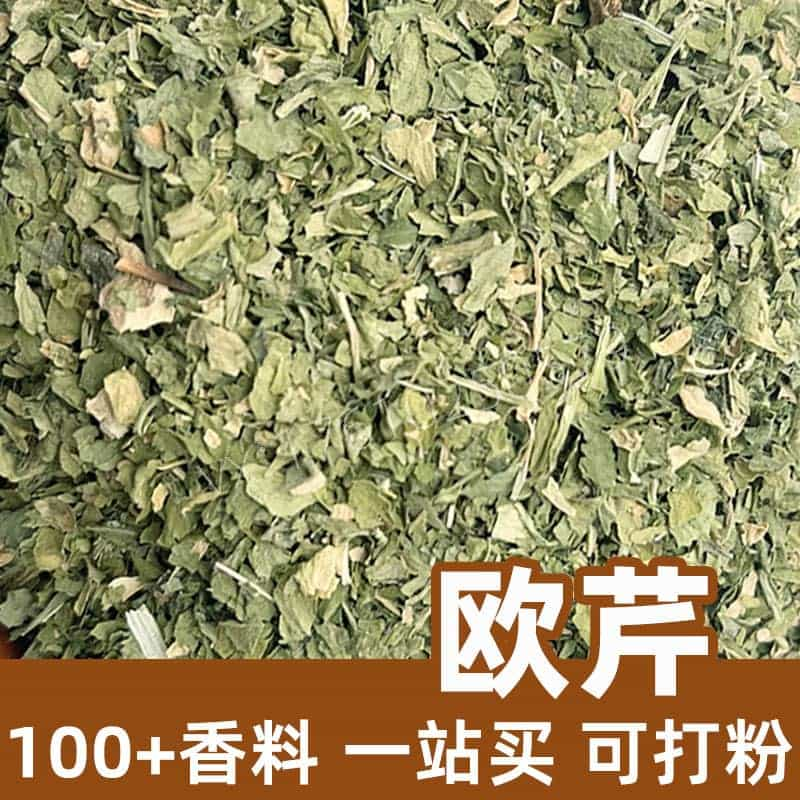Product Introduction
Bay leaf, also known as laurel leaf, is a thick, glossy leaf with a strong, aromatic fragrance. It's widely used in cooking, medicine, and as a flavoring agent to enhance the aroma and taste of food.
Aromatic Chemical Composition
The intense aroma of bay leaf primarily comes from its volatile oils. The main components of these oils are eugenol, eugenal, and eugenol acid, which give bay leaf its distinctive fragrant aroma.
In addition to volatile oils, bay leaves contain flavonoids and other nutrients, contributing to their unique flavor and nutritional value.
Product Varieties
The main types of bay leaves are common bay leaf and Indian bay leaf. Common bay leaves have larger, deep green leaves and a stronger aroma. Indian bay leaves, on the other hand, have smaller, light green leaves and a milder aroma.
Both types of bay leaves can be used interchangeably, and the choice often depends on personal preference and the specific recipe.
Applications and Usage
Bay leaves have a wide range of applications in cooking, medicine, and as flavoring agents. Common uses include:
- Culinary: Bay leaves are frequently used in cooking meats, soups, stews, and sauces to add a unique flavor and aroma. They can be added whole or crumbled to the dish and slowly release their fragrance during cooking.
- Herbal Medicine: Bay leaves have some medicinal uses and are believed to have antioxidant, anti-inflammatory, and antibacterial properties. They can be used to make bay leaf tea or herbal preparations to support overall health and boost the immune system.
When using bay leaves, adjust the quantity based on the recipe and personal taste. Fresh bay leaves can be used in larger quantities, while dried bay leaves should be used more sparingly due to their concentrated flavor.
Plant Source, Distribution, and Growth Environment
The bay leaf plant, or laurel tree, is an evergreen tree primarily found in the Mediterranean region and Asia. It thrives in warm, humid climates and grows well in soil rich in organic matter.
The leaves of the laurel tree are harvested to produce the bay leaves used as a spice.
Harvesting, Processing, and Storage
Bay leaves are typically harvested from the one-year-old branches of the laurel tree. After harvesting, the leaves are dried either by air drying or using a dehydrator.
To maintain the freshness and aroma of bay leaves, it's recommended to store them in a cool, dry place away from sunlight and moisture.
In summary, bay leaf is a versatile culinary spice with a strong, aromatic flavor. Its applications in cooking, medicine, and as a flavoring agent make it a valuable ingredient in many dishes and herbal preparations. Understanding its characteristics, chemical composition, and usage can help you make the most of this flavorful spice.
Monica Sun is a seasoned expert in the natural raw materials industry, with over a decade of experience specializing in traditional Chinese medicinal herbs, spices, and fungi. She is skilled in the sourcing, processing, and application of these materials, emphasizing sustainability and innovation. Monica Sun has contributed to the development of high-quality natural raw materials that serve as essential components in functional foods, pharmaceuticals, and cosmetics, delivering tailored solutions to meet diverse market needs.









.jpg)


.jpg)


